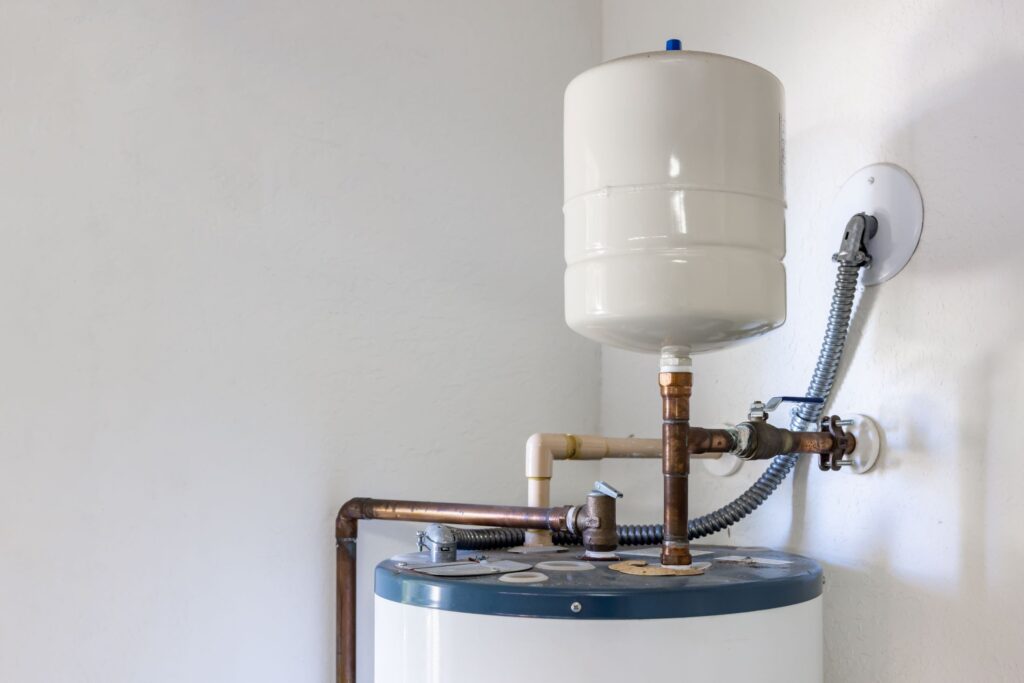Ways to Maintain Your Home's Hot Water System Functioning Well
Ways to Maintain Your Home's Hot Water System Functioning Well
Blog Article
Just how do you really feel when it comes to What Kind of Maintenance Do Water Heaters Need??

Hot water is necessary for everyday comfort, whether it's for a revitalizing shower or cleaning dishes. To guarantee your warm water system runs successfully and lasts longer, regular upkeep is crucial. This article gives functional suggestions and insights on how to keep your home's hot water system to avoid interruptions and costly fixings.
Intro
Keeping your home's hot water system might appear challenging, but with a couple of simple actions, you can ensure it runs smoothly for several years ahead. This guide covers every little thing from recognizing your hot water system to do it yourself maintenance ideas and knowing when to call in professional help.
Significance of Preserving Your Warm Water System
Routine upkeep not only expands the life-span of your hot water system yet also guarantees it runs efficiently. Disregarding maintenance can cause reduced efficiency, higher power expenses, and even early failing of the system.
Signs Your Hot Water System Requirements Upkeep
Knowing when your hot water system requires interest can prevent major problems. Keep an eye out for signs such as inconsistent water temperature level, strange noises from the heating unit, or corroded water.
Understanding Your Hot Water System
Before diving right into upkeep jobs, it's helpful to understand the fundamental parts of your warm water system. Generally, this consists of the hot water heater itself, pipes, anode rods, and temperature level controls.
Month-to-month Upkeep Tasks
Normal monthly checks can help capture small concerns before they escalate.
Flushing the Water Heater
Flushing your water heater removes sediment buildup, improving efficiency and prolonging its life.
Checking and Replacing Anode Rods
Anode rods stop deterioration inside the storage tank. Checking and replacing them when worn is important.
Checking and Changing Temperature Level Setups
Readjusting the temperature level settings guarantees ideal performance and security.
DIY Tips for Maintenance
You can perform several upkeep jobs on your own to keep your warm water system in leading problem.
Looking for Leaks
Regularly inspect pipelines and links for leaks, as these can lead to water damages and greater expenses.
Evaluating Pressure Alleviation Valves
Checking the stress safety valve ensures it functions appropriately and protects against extreme pressure build-up.
Insulating Pipelines
Protecting hot water pipelines minimizes warm loss and can save energy.
When to Call a Specialist
While do it yourself maintenance is advantageous, some concerns require specialist expertise.
Facility Problems Requiring Specialist Assistance
Instances consist of major leakages, electric problems, or if your hot water heater is regularly underperforming.
Regular Expert Maintenance Perks
Specialist maintenance can consist of comprehensive inspections, tune-ups, and making sure compliance with safety and security standards.
Final thought
Normal maintenance of your home's warm water system is vital for efficiency, durability, and expense financial savings. By adhering to these ideas and recognizing when to seek specialist assistance, you can guarantee a reliable supply of warm water without unexpected interruptions.
How to Maintain an Instant Hot Water Heater
Before tinkering with your hot water heater, make sure that it’s not powered on. You also have to turn off the main circuit breaker and shut off the main gas line to prevent accidents. Also turn off the water valves connected to your unit to prevent water from flowing into and out of the appliance. 2. When you’re done, you have to detach the purge valves’ caps. These look like the letter “T†and are situated on either side of the water valves. Doing so will release any pressure that has accumulated inside the valves while at the same time avoid hot water from shooting out and burning your skin. 3. When the purge valves’ caps are removed, you have to connect your hosing lines to the valves. Your unit should have come with three hoses but if it didn’t, you can purchase these things from any hardware or home repair shops. You can also get them from retail stores that sell water heating systems. Read the user’s manual and follow it to complete this task properly. When the hosing lines are connected, open the purge port’s valves. 4. You should never use harsh chemical cleaners or solutions when cleaning your unit. Make use of white vinegar instead. It should be undiluted and you’ll probably use about 2 gallons. 5. Now flush your water heater. This task should probably take about 40 minutes. We can’t give you specific directions for this because the procedure is carried out depending on the type, model and brand of your heater. With that being said, refer to the user’s manual. 6. When you’re done draining the unit, you have to turn off the purge port valves again. Remove the hosing lines that you earlier installed on each of the water valves. Put the valve caps (purge port) back in their respective places and be very careful so as not to damage the rubber discs that are found inside these caps. 7. Now that everything’s back in place, check your user’s manual again to find out how to reactivate your water heating system. 8. Once it is working, turn one of your hot water faucets on just to let air pass through the heater’s water supply pipes. Leave the tap on until water flows smoothly out of it. https://www.orrplumbing.com/blog/2014/september/how-to-maintain-an-instant-hot-water-heater/

We were shown that article about Water Heater Maintenance Tips You Can't Afford to Forget through someone on our other domain. Enjoyed our posting? Please quickly share it. Let other people locate it. I truly appreciate reading our article about How to Maintain Your Water Heater & Prolong its Life.
Estimate Report this page